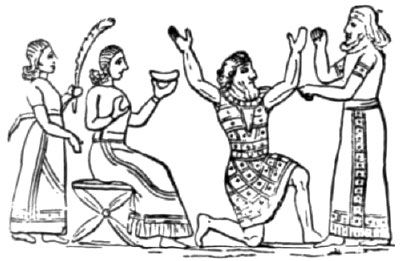social structure:
- the ruler or king was the most important person in every culture. his family was second in the social structure, and finally there were the nobles.
- the structure usually looked like this: king -> priest -> rich people -> farmers/workers -> women
- In Babylon the harshness of your punishment was affected by the type of your social class


